Energy Efficiency Regulations
The commercial laundry-machines market is significantly influenced by stringent energy efficiency regulations imposed by government bodies. These regulations aim to reduce energy consumption and greenhouse gas emissions, compelling manufacturers to innovate and produce energy-efficient machines. In 2025, it is estimated that energy-efficient models will account for over 60% of the market share, as businesses seek to comply with these regulations while also reducing operational costs. The push for energy-efficient solutions not only aligns with environmental goals but also enhances the overall appeal of commercial laundry machines, making them more attractive to potential buyers. This regulatory landscape is likely to shape the future of the commercial laundry-machines market.
Rising Demand for Laundry Services
The commercial laundry-machines market experiences a notable increase in demand for laundry services across various sectors, including hospitality, healthcare, and retail. As businesses expand, the need for efficient and reliable laundry solutions becomes paramount. In 2025, the market is projected to grow at a CAGR of approximately 5.2%, driven by the rising number of hotels and restaurants requiring laundry services. This growth indicates a shift towards outsourcing laundry operations, which in turn fuels the demand for advanced commercial laundry machines. The need for high-capacity machines that can handle large volumes of laundry efficiently is becoming increasingly critical, thereby propelling the commercial laundry-machines market forward.
Technological Integration in Operations
The integration of advanced technologies into commercial laundry operations is a key driver for the market. Innovations such as IoT-enabled machines and automated systems enhance operational efficiency and reduce labor costs. In 2025, it is anticipated that around 30% of commercial laundry facilities will adopt smart technologies, allowing for real-time monitoring and predictive maintenance. This technological shift not only improves service delivery but also provides valuable data analytics for better decision-making. As businesses increasingly recognize the benefits of technology in streamlining operations, the demand for technologically advanced commercial laundry machines is expected to rise, further propelling market growth.
Growth of E-commerce and Online Services
The rise of e-commerce and online services has a profound impact on the commercial laundry-machines market. As more consumers turn to online platforms for laundry services, businesses are compelled to enhance their operational capabilities to meet this demand. In 2025, the market is projected to see a surge in demand for machines that can support high-volume processing and quick turnaround times. This trend indicates a shift towards more efficient and versatile commercial laundry machines that can cater to the evolving needs of online service providers. The growth of e-commerce is likely to drive innovation and investment in the commercial laundry-machines market, as companies seek to capitalize on this expanding consumer base.
Increased Focus on Hygiene and Sanitation
The heightened focus on hygiene and sanitation in various industries is a significant driver for the commercial laundry-machines market. Sectors such as healthcare and food service are particularly sensitive to cleanliness standards, necessitating the use of advanced laundry solutions. In 2025, it is expected that the demand for machines capable of delivering high-temperature washes and effective sanitization will increase substantially. This trend reflects a broader societal emphasis on health and safety, influencing purchasing decisions in the commercial laundry sector. As businesses prioritize hygiene, the commercial laundry-machines market is likely to see a corresponding rise in demand for machines that meet these stringent cleanliness requirements.



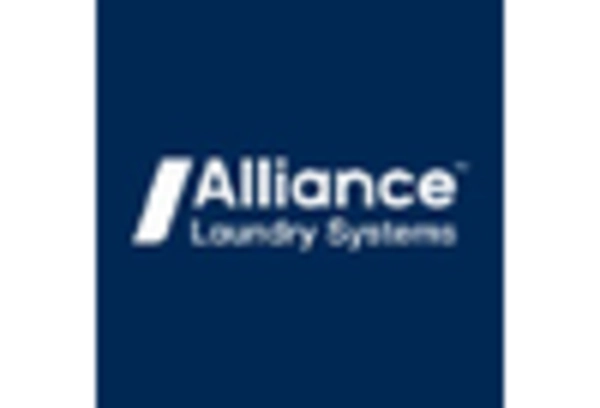
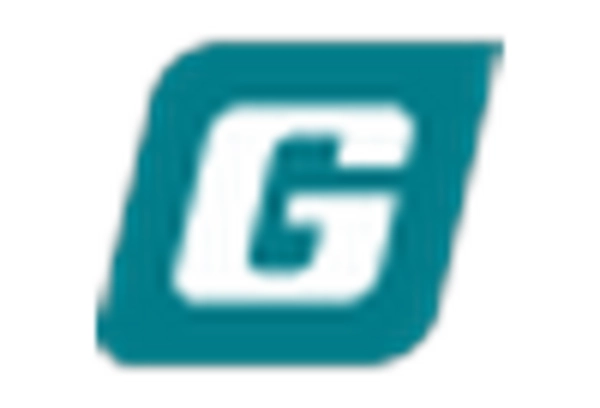
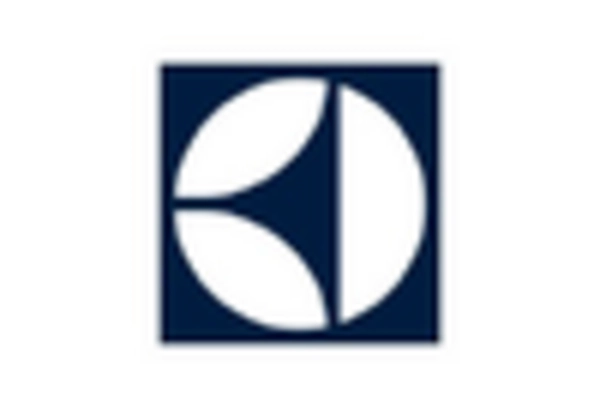
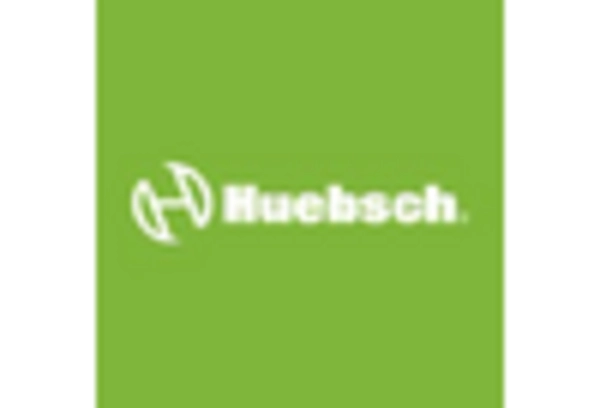
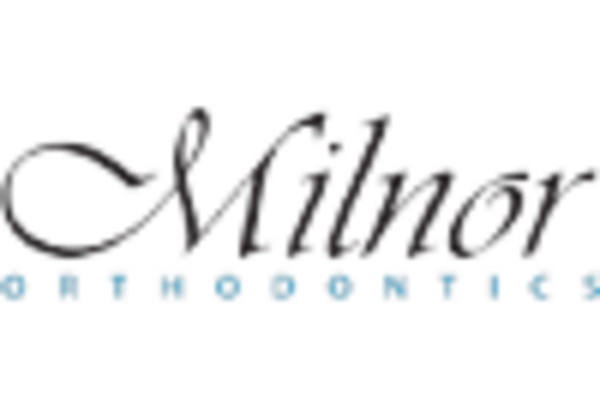
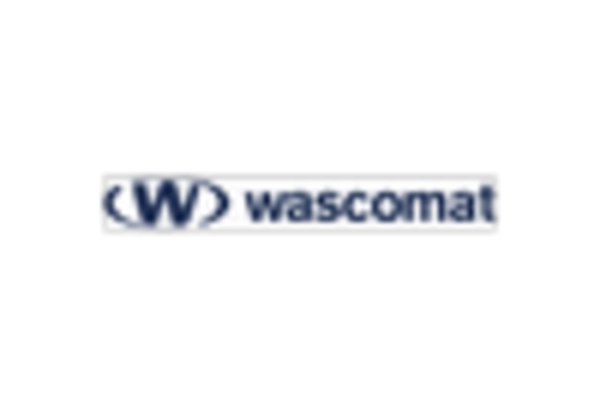








Leave a Comment